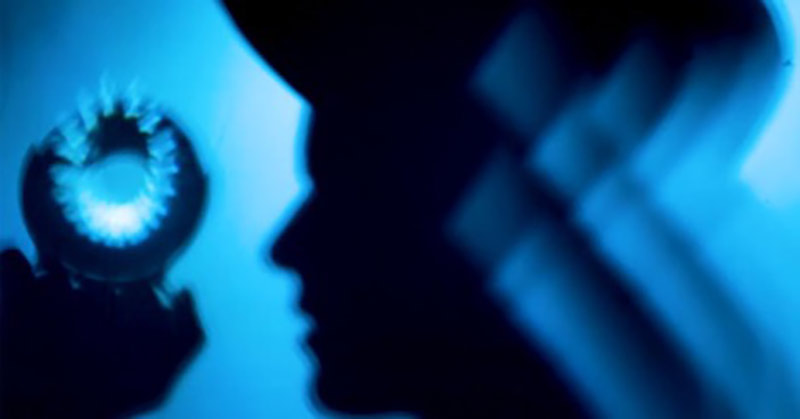By Kai Rands, ABOC, NCLEC

As opticians, we speak of unwanted prism and prescribed prism, adverse prism and relieving prism, base up prism and base down prism, base in and base out prism. We have cancelling prism and compounding prism. And of course, we can split prism. We know that a prism bends light toward the base and displaces the image toward the apex, so it is unsurprising that prisms affect spatial perception. Might prisms also affect time perception?
Francesca Frassinetti and her colleagues in Italy asked healthy individuals to wear wedge prisms to shift images horizontally in a study published in 2009. Some participants wore leftward (base right) prisms and others wore rightward (base left) prisms. To adapt to viewing through the prisms, the individuals practiced pointing to objects while wearing the lenses. The participants could compare the direction in which they pointed to the location of the image. Then, the researchers tested the individuals’ prism adaptation by blocking the participants’ view of the direction in which they pointed.
Once the participants had adapted to vision through the prisms, the researchers measured participants’ perception of elapsed time. The individuals watched a blue square appear on a screen. Next, a red square appeared and remained until the participants pressed a spacebar. The goal was to allow the red square to appear for the same duration as the blue square. The question was whether those wearing leftward (base right) prisms and those wearing rightward (base left) prisms would allow different lengths of time to elapse. In fact, the individuals wearing leftward prisms tended to perceive shorter durations than those with rightward prisms. Space and time are interconnected in physics as Albert Einstein suggested; our perception of space and time seem to be connected as well.
A time-space perception connection is relevant for some patients who have experienced a brain injury such as a stroke. Some patients tend to neglect attention to stimuli occurring in the space to one side of the patient, a condition termed Visuospatial Neglect. Patients with Visuospatial Neglect tend not to turn toward the side of neglect. They also tend not to respond to nor identify stimuli from the side of neglect. Neglect often involves time perception as well as spatial perception. For example, mental time travel–the ability to order past, present, and possible future events–can be affected.
In 2019, Filomena Anelli and colleagues suggested that prism adaptation might be a promising treatment not only for the spatial aspects of Visuospatial Neglect, but also for the time perception aspects. In the study, which was published in the journal Cortex, Anelli and colleagues found that after intensive prism adaptation treatment for two weeks, patients with Visuospatial Neglect due to stroke improved their abilities to engage in mental time travel.
As opticians, we are experts at working with prism. As the research into prism adaptation, Visuospatial Neglect, and mental time travel shows, prism can have profound effects on a wide range of experiences.
References
Anelli, F., Avanzi, S., Damora, A., Mancuso, M., Frassinetti, F. (2019). Mental time travel and functional daily life activities in neglect patients: Recovery effects of rehabilitation by prism adaptation. Cortex, 113, 141-155.
Frassinetti, F., Magnani, B., & Oliveri, M. (2009). Prismatic lenses shift time perception. Psychological Science, 20(8), 949-954.











